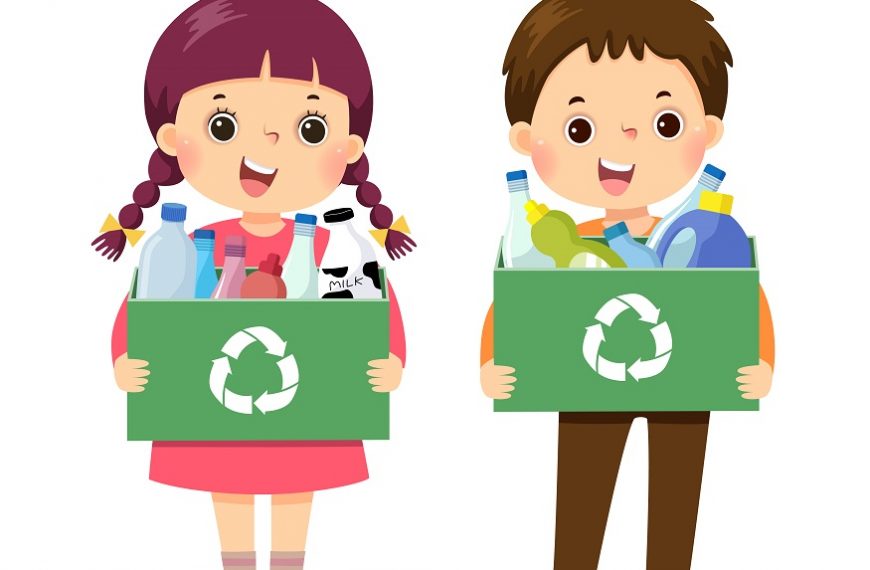Reducing Plastic Use 9 Ways to Create a Greener Future
Every day, we are swaddled in a world where the conveniences of plastic touch every aspect of our lives. Your child’s eyes light up when you unbox the latest toy, shrouded in layers of glistening plastic wrap. Or their delighted squeals echo in your ears as they burst open a pack of plastic balloons, their bright colours painting joy across their faces. It’s in our homes, offices, and schools, and it’s even delicately buried in our food. Plastic’s pervasiveness makes it difficult to imagine a world without it. However, with this prevalence comes a heavy price – a burgeoning crisis whose ramifications extend far beyond what we might imagine.
The Harmful Impact or Disadvantages of using plastic
Our current dependence on plastic has resulted in a slew of negative consequences that we cannot afford to ignore. The seemingly innocuous plastic bag we casually toss away after a single use, the seemingly trivial plastic straw we thoughtlessly discard after sipping a cold beverage, the plastic toy that lies abandoned when the child’s interest wanes – they all contribute to an escalating environmental crisis.
One of the most alarming attributes of plastic is its longevity. Unlike organic materials, plastic doesn’t biodegrade or return to nature. Instead, it breaks down into increasingly tiny fragments over centuries. These particles, known as microplastics, are a silent scourge, pervading our waterways, contaminating our soil, and infiltrating ecosystems worldwide.
Furthermore, it is critical to recognise that the lifecycle of plastic contributes considerably to climate change. From extraction of fossil fuels, through manufacturing, to disposal – each stage of the plastic lifecycle releases harmful greenhouse gases.
The impact of plastic consumption is a looming spectre that we can no longer afford to ignore. Our children deserve a better legacy than a world choked by plastic waste and battered by climate change. We must take decisive action to reduce our plastic usage for the sake of their future and the health of our shared planet.
Wondering how to Reduce Plastic Use? Here are nine insightful ways to reduce plastic consumption…
Educate About the Disadvantages of Using Plastic
Knowledge is power. Begin by discussing the adverse effects of plastic on our environment and health. Talk about the vast, swirling plastic islands in our oceans and the impact on wildlife. Discuss the notion of microplastics, which are small bits of plastic that can wind up in our food chain and cause health problems. Making your child aware of these realities will instil a more mindful approach towards plastic consumption.
Invest in Reusable Water Bottles and Lunch Boxes
Using reusable items is one of the simplest ways to reduce plastic. Replace single-use plastic water bottles and lunch boxes with metal or glass alternatives. They’re more durable, healthier, and they can help cut down on a significant amount of plastic waste.
Choose Toys Wisely
Toys represent a significant part of a child’s life, but sadly, most are made of plastic. Opt for toys made from wood, metal, or recycled materials. Ensure that they are safe and age-appropriate for your child. You could also consider buying second-hand toys, reducing the demand for new plastic toys, and promoting recycling.
Promote a Zero-Waste Lifestyle
Encourage your children to question the need for new things. A zero-waste lifestyle promotes using what we already have rather than buying new. This not only reduces plastic waste but also fosters resourcefulness and creativity. It can be fun too – a worn-out t-shirt could turn into a cool bag, or a cardboard box into a fairy-tale castle!
Plastic-Free Parties
Children’s parties often generate a mountain of plastic waste, from decorations to disposable tableware. You can opt for biodegradable decorations and reusable plates and cups instead. Remember, every step, no matter how small, contributes to reducing plastic consumption.
Practice Plastic-Free Shopping
Get your children involved in shopping. Make it a fun learning experience. Show them how to choose fruits and vegetables without plastic bags or pick products with less packaging. You can even make your own reusable cloth bags and make it a DIY project with your child.
Recycle
Teach your child about recycling and make it a habit. Show them how to segregate waste correctly, what can be recycled, and what can’t. Visit a recycling centre if possible, so they can see the process firsthand.
Start a Compost Bin
Composting is a natural process that turns organic waste into nutrient-rich soil. Instead of using plastic bags for trash, start a compost bin at home for fruit and vegetable peels, coffee grounds, and other compostable waste. This is a fantastic way to educate your child about the lifecycle of natural materials.
Become Nature Advocates
Spending time outdoors will increase your child’s love for nature and understanding of why we need to protect it. Participate in local clean-up events or organise one in your neighbourhood. This tangible experience of picking up litter will make the idea of reducing plastic waste more real and urgent to your child.
As parents, we are not only caregivers but also role models, educators, and guides. Our children learn from watching us. If we treat our environment with care, they will, too. Picture a day when your child, instead of throwing away a plastic water bottle, confidently strides over to the recycling bin. Or the triumphant smile on their face when they display a beautiful, handmade birthday card, created from recycled materials instead of store-bought plastic glitter ones. These small victories, born from your diligent guidance, form the first drops of a wave that can cascade into a future where respect for our environment reigns supreme.
The fight against plastic consumption is an uphill battle that requires our undivided attention and sustained efforts. However, every effort you make, every lesson you teach, and each plastic bottle refused – all contribute to a greener, healthier world for our children. And remember, in the journey of sustainability, no step is too small. After all, it’s the tiny, repeated actions that bring about the most significant change. We hope this blog helps answer the question, How to Reduce Plastic Use?
At EuroKids, we not only believe in shaping bright young minds but also in instilling values of sustainable living early on. To learn more about our specially crafted curriculum, head over to the nearest EuroKids centre near your home.















